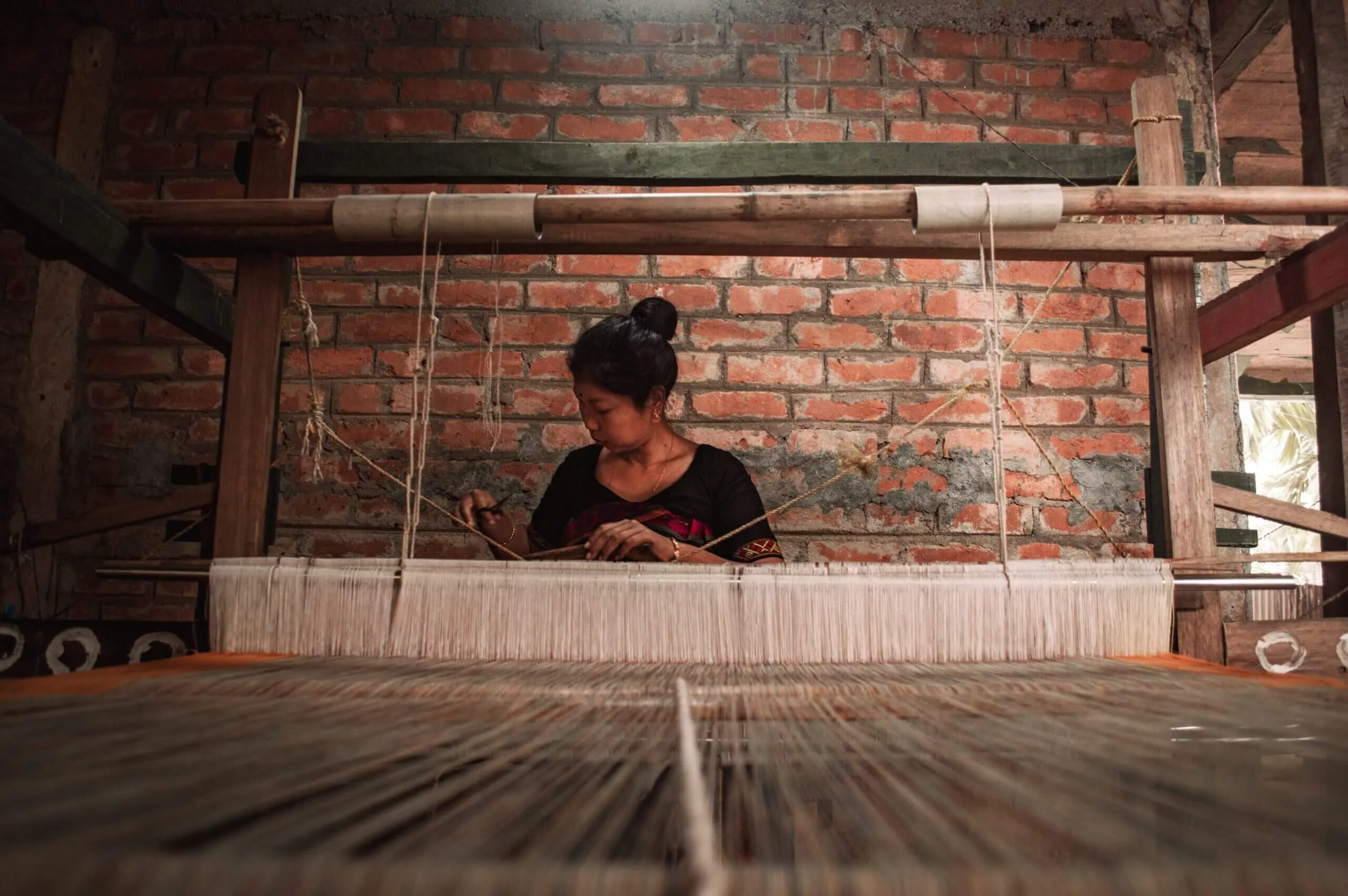The history of Ontario-made textiles
A century ago, the Ontario textile industry was thriving. A recent industry analysis shows the industry shrunk significantly between 2011 and 2015 in terms of workers, factories and mills. The government of Canada has not supplied a more recent industry analysis. Though, based on sales data, the industry was less valuable in 2021 than it was in 2015. There was a period of mid-decade growth, but the overall trend for that domestic production is downward.
These days, Ontario imports more textiles than exports. According to the World Bank, in 2019, Canada imported more than US $10 billion in textiles from five of its top suppliers. In contrast, that same year, the country only exported US$2.8 billion to its top five customers.
This is a part of the tendency of Western nations to export manufacturing overseas where goods are cheaper to produce. Globalization has had outspoken mainstream opposition since the late ‘90s. Nonetheless, many consumers enjoy the lower prices for textile goods.
Before widespread globalization, the domestic textile industry produced enough goods for most of the country. At its height, the nation supplied 60 per cent of its own textile needs. Now, it only supplies a fraction of that number.
What is the history of the textile industry, and what led to its decline?
The Métis textile industry
Before settlers entered Canada, Métis people in Quebec and Ontario already had a rich weaving tradition. According to the Canadian Métis museum, these traditions involved finger weaving buffalo hair. They also involved weaving nettle fibre and hemp into usable textiles and baskets. When French colonists brought wool from overseas, the Métis people adopted wool into their weaving practices.
One famous example of a wool garment made by the Métis is the Métis sash. French settlers of North America famously wore a colourful sash known as the assomption sash. This assomption sash was a prominent highlight on fur traders’ otherwise grey outfits. The Métis people took a liking to the sash and created the Métis sash. It was a softer and looser weave, at times incorporating splashes of beadwork.
According to the Métis Nation of Ontario, the Métis sash was made with a finger weaving technique. It had a wide variety of purposes aside from decoration. The sash could be used as rope, a key holder, a bandage and a washcloth. It could also be used as a sewing kit and a horse bridle. Métis craftspeople began selling and trading their sash to the Québécois and the Métis of Western Canada.
The cottage weaving industry
The Canadian Encyclopedia explains how, before industrialization, textiles were either imported or produced as a part of the cottage industry. The cottage industry consisted of hand-spinning yarn and hand-weaving textiles on a loom. After Loyalists settled in Ontario, flax was grown and sheep were raised to provide raw fibre. Some of the Loyalist settlers were professional weavers and many of the women knew how to spin yarn. Between the hand-spinners and weavers, local textiles were manufactured for their own use, and for sale and trade.
Because of the industrial revolution, some European immigrant weavers from Scotland, Ireland and Germany were out of work. So, they chose to come to Canada to work as farmers. When they arrived, they found they could continue in their profession of weaving.
The booming years
The years between the 1820s and the early 1900s experienced a rapid expansion of the local textile industry. This was due to mass industrialization, according to Ingenium.
The first mills were wool mills, and by the mid-1800s, the industry grew to include almost 400 cotton mills. By the early 1900s, the industry had newly innovated knit goods and synthetic blends. The height of this time in the 1900s grew to a size of about 2,000 factories and mills. They spun, wove and knit their own fabric.
At the peak of production, Canada produced 60 per cent of its domestic textile needs. The country met all of its military requirements for both world wars. The majority of the industry has always been in Ontario and Quebec.
The decline
Many of the top manufacturing industries in Canada began to shrink in the 1960s. This included textile goods.
During the 1940s and ‘50s, many of Canada’s trading partners focused on post-war rebuilding and restructuring. This allowed Canada to enjoy a greater global market share. However, after the powers had rebuilt, Japan, Europe and China emerged as global industrial leaders.
The purchasing trends at this time focused on the cost of production. This meant that countries with lower operating costs were much more competitive in an increasingly globalized world.
Eventually, foreign economic powers began building textile mills and factories in countries with lower expenses than their own. Textile manufacturing is labour-intensive. So, investors were able to create cheaper textiles due to lower worker wages and an overall lower cost of production. The trend continues to the current era.
The textile industry in Canada was one of the sectors most affected by globalization in the 21st century. Between 2004 and 2011, the industry’s jobs lessened by 60 per cent.
Today, the country imports most of its textiles. Though the future is uncertain for the industry, it remains an important part of the Canadian economy. Ontario is at its centre, producing 46 per cent of all domestically-made textiles.

Eliot Gilbert
Eliot is a journalist for Business Hub. His background is in English and creative writing at York University. When not writing, he studies medical laboratory science in Kingston, and enjoys hand spinning yarn, cooking, and gardening.

